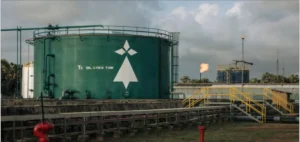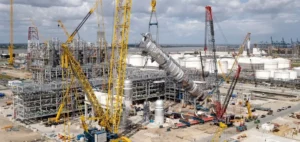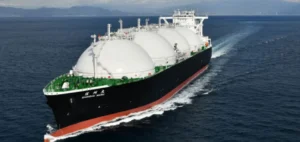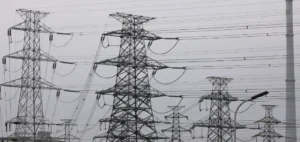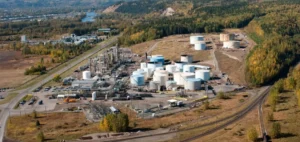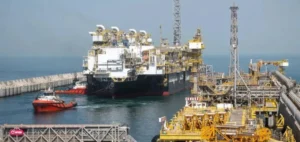Equinor, led by CEO Anders Opedal, has signed one of the largest gas supply agreements in the company’s history with SEFE, a German gas purchasing and supply company. This agreement, which provides for the possibility of a five-year extension, represents a total volume of 319 TWh, or around 6 Bcm/year. This is equivalent to a third of Germany’s industrial gas demand. Opedal emphasized that this agreement meets Europe’s need for a reliable long-term energy supply.
Context and Security of Supply
SEFE, formerly a unit of Russia’s Gazprom before its nationalization by the German government following Moscow’s invasion of Ukraine, plays a crucial role in Germany’s energy security. Germany was hit hard in 2022 by the gradual reduction in Russian deliveries, culminating in the suspension of supplies via Nord Stream at the end of August last year. The Equinor-SEFE agreement is seen as a victory for Norway, Germany and Europe in general, offering renewed stability in gas supplies.
The terms of the new gas supply agreement provide for deliveries “reflecting market prices” to Trading Hub Europe in Germany, the TTF hub in the Netherlands and the NBP in the UK. Although European gas prices are currently well below the record levels reached in the summer of 2022, they remain relatively high. A trader based in the Netherlands commented that the agreement was a way of securing prices and avoiding future volatility.
Hydrogen Intentions
The two companies also signed a non-binding letter of intent on December 19, envisaging SEFE becoming a long-term purchaser of Equinor’s low-carbon hydrogen supplies from 2029 until 2060. This potential collaboration on hydrogen implies that SEFE could be a long-term buyer of low-carbon hydrogen from Equinor’s planned projects on the continent and in Norway. The clear ambition is to supply SEFE with low-carbon hydrogen on an industrial scale, starting at 5 TWh/year from 2029, gradually increasing to 40 TWh/year from 2050 to 2060.
The EU’s role in Hydrogen Imports
The EU should be a major importer of hydrogen to meet its projected demand from 2030 onwards. It is targeting domestic production of 10 million tonnes/year of renewable hydrogen, in addition to 10 million tonnes/year of imports, with a large proportion of production destined for the refining and fertilizer sectors. The EU has also set a target of at least 1% of energy consumption in the transport sector coming from renewable hydrogen, as well as a 42% share for renewable hydrogen used in industry.
The agreement between Equinor and SEFE marks an important step in Europe’s quest for greater energy security and diversification of energy sources. It also highlights the growing importance of hydrogen in Europe’s energy transition, with significant implications for energy markets and decarbonization strategies.





